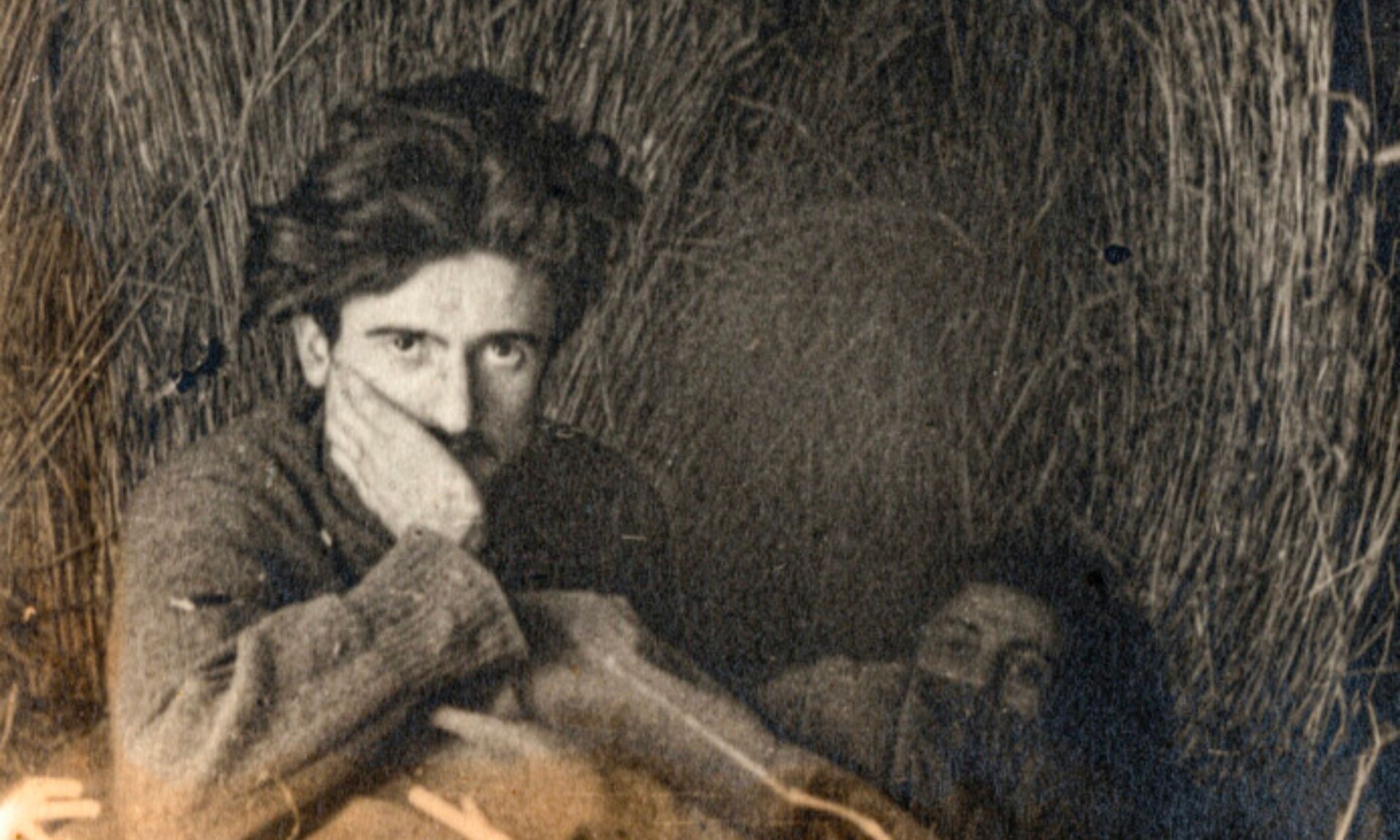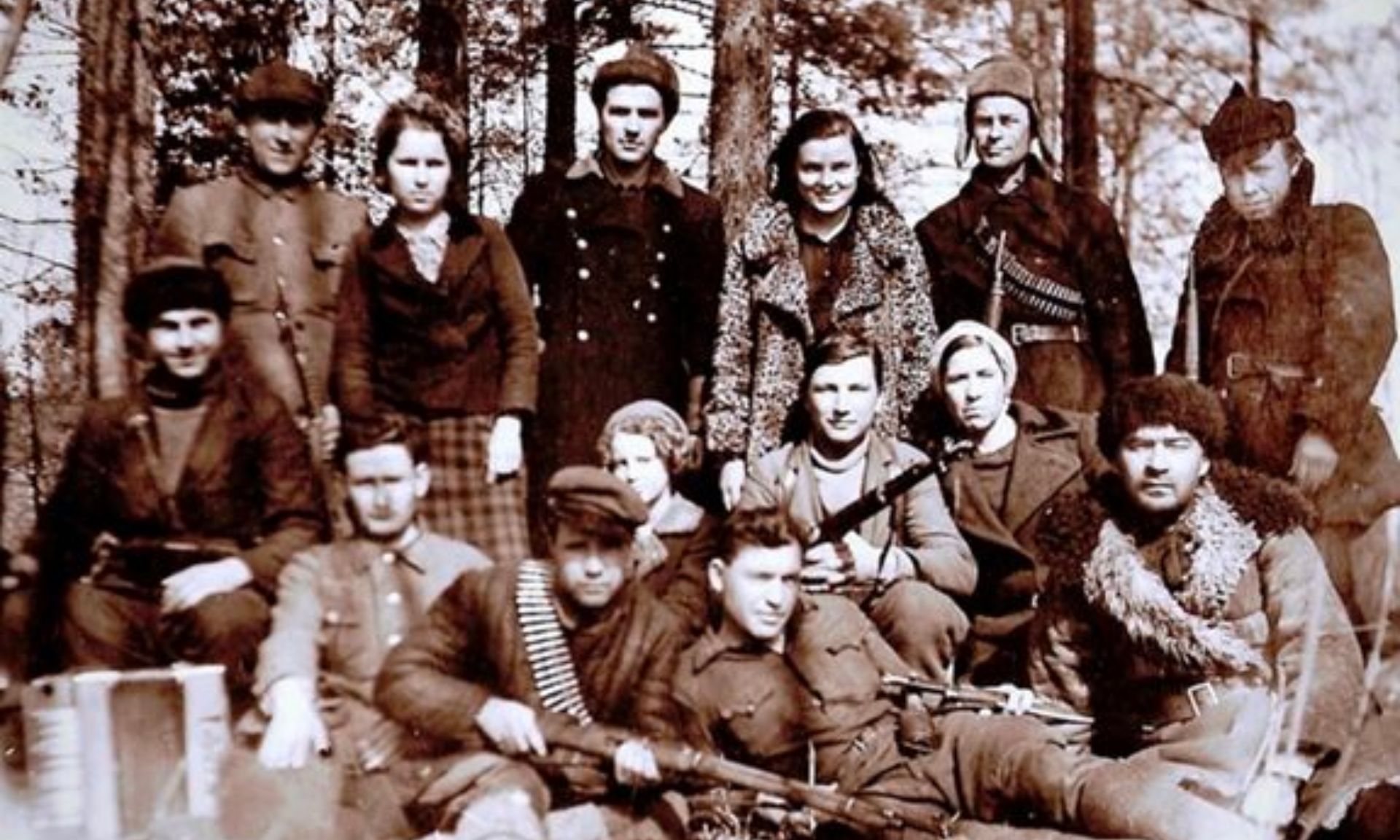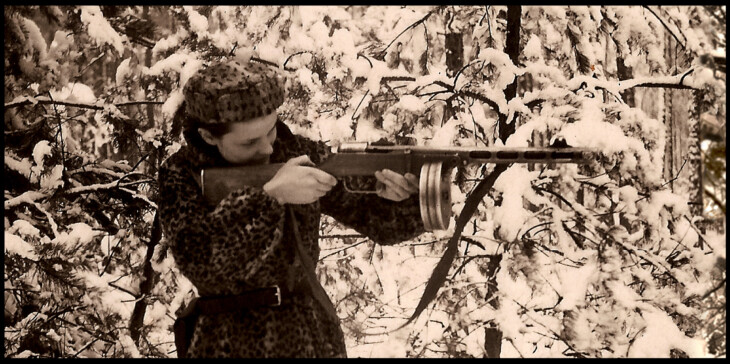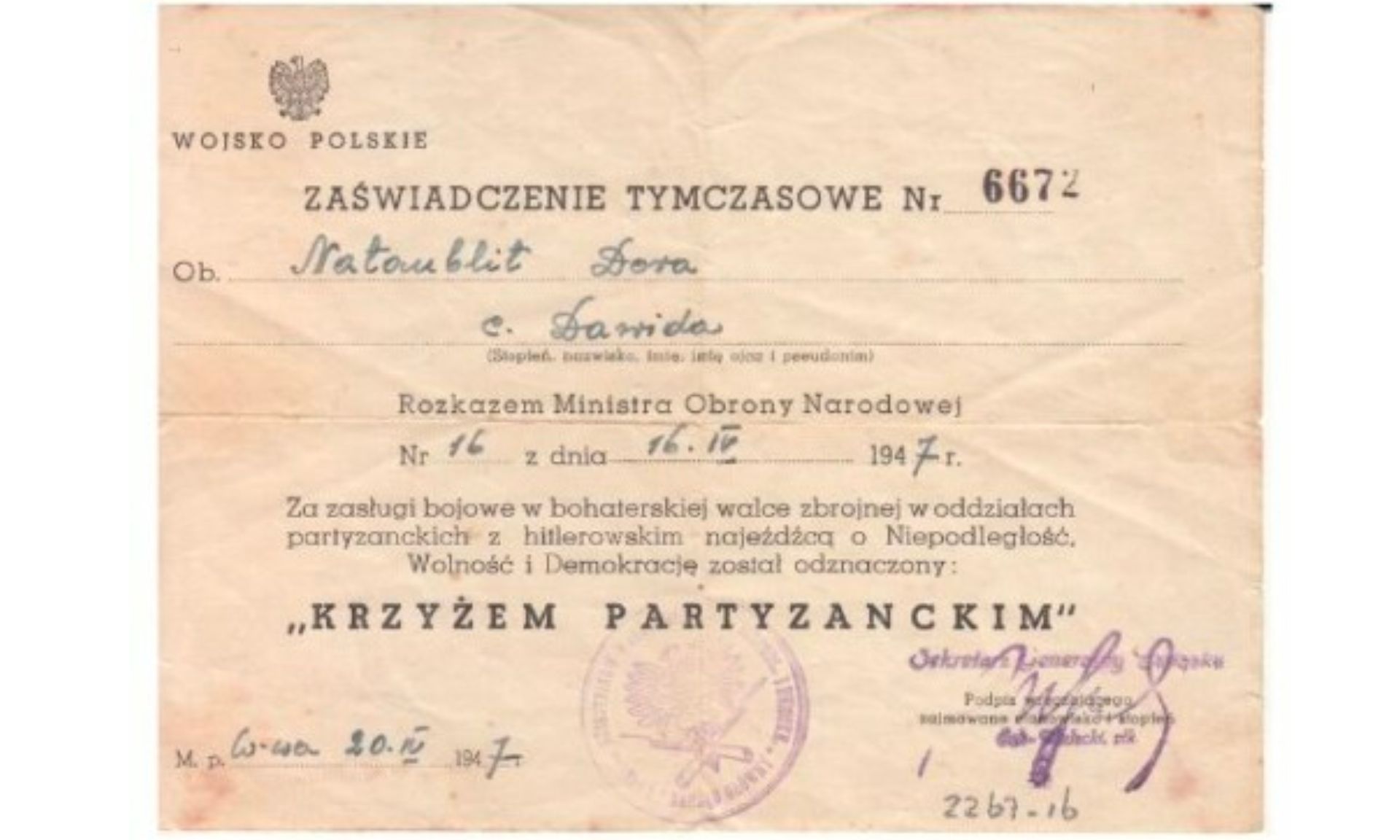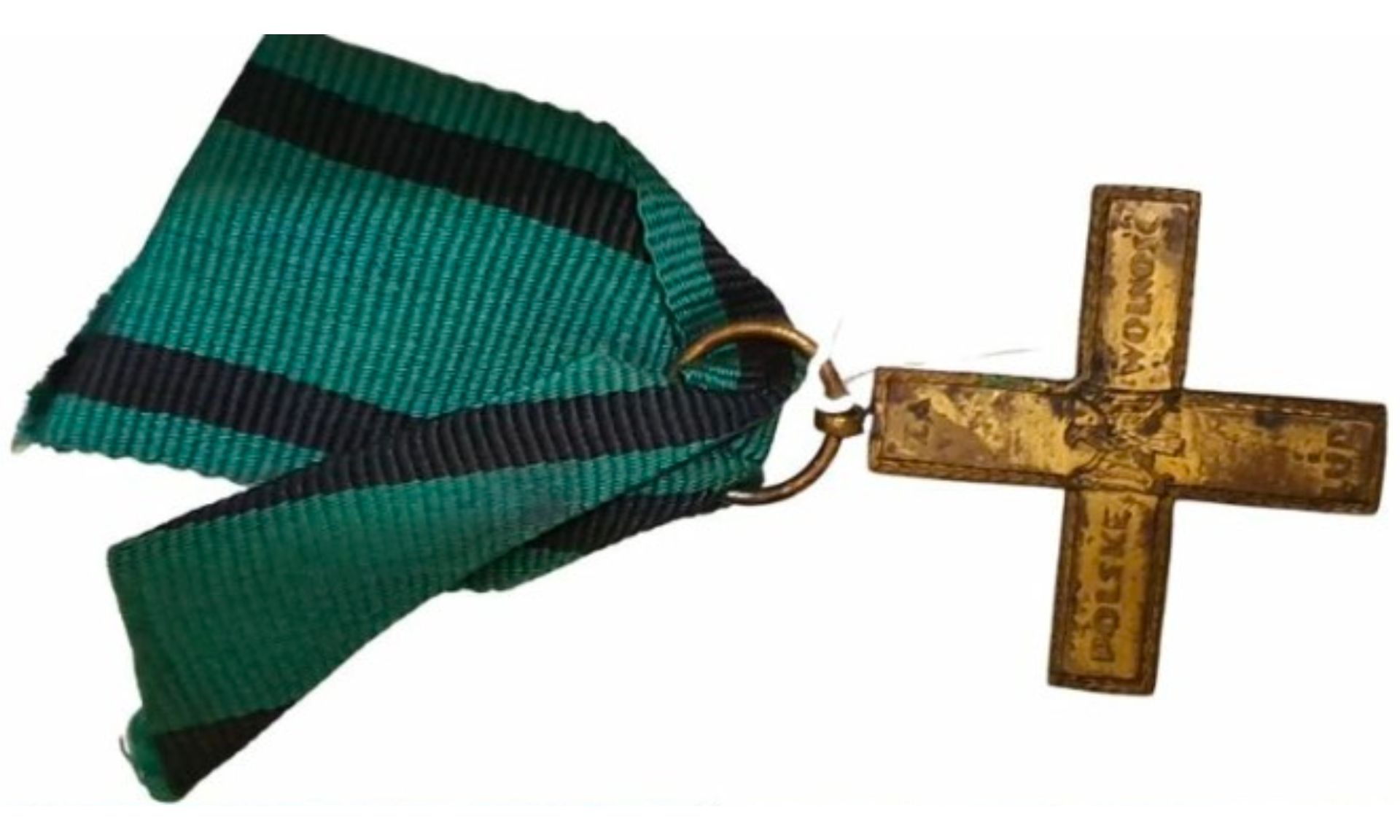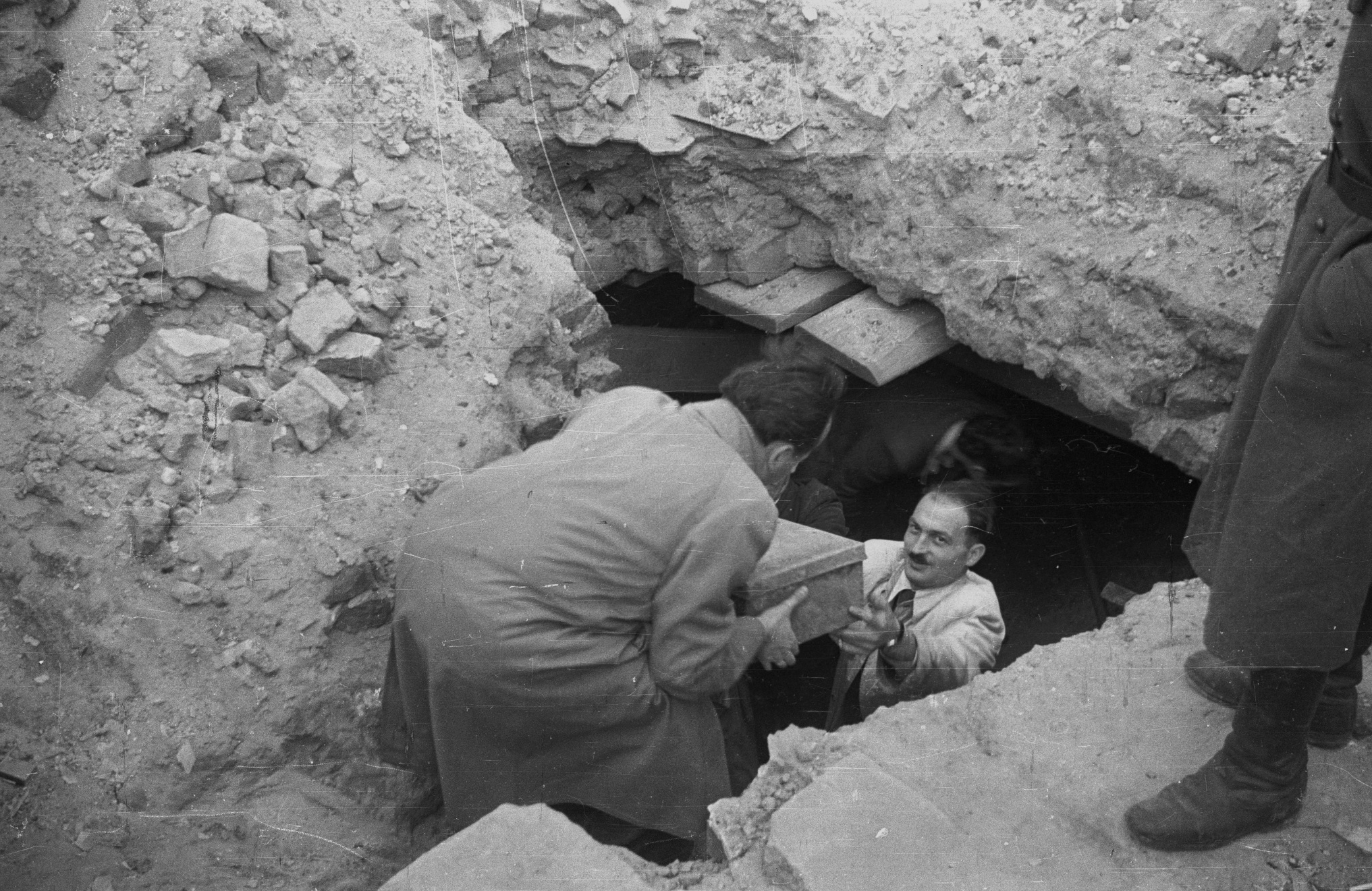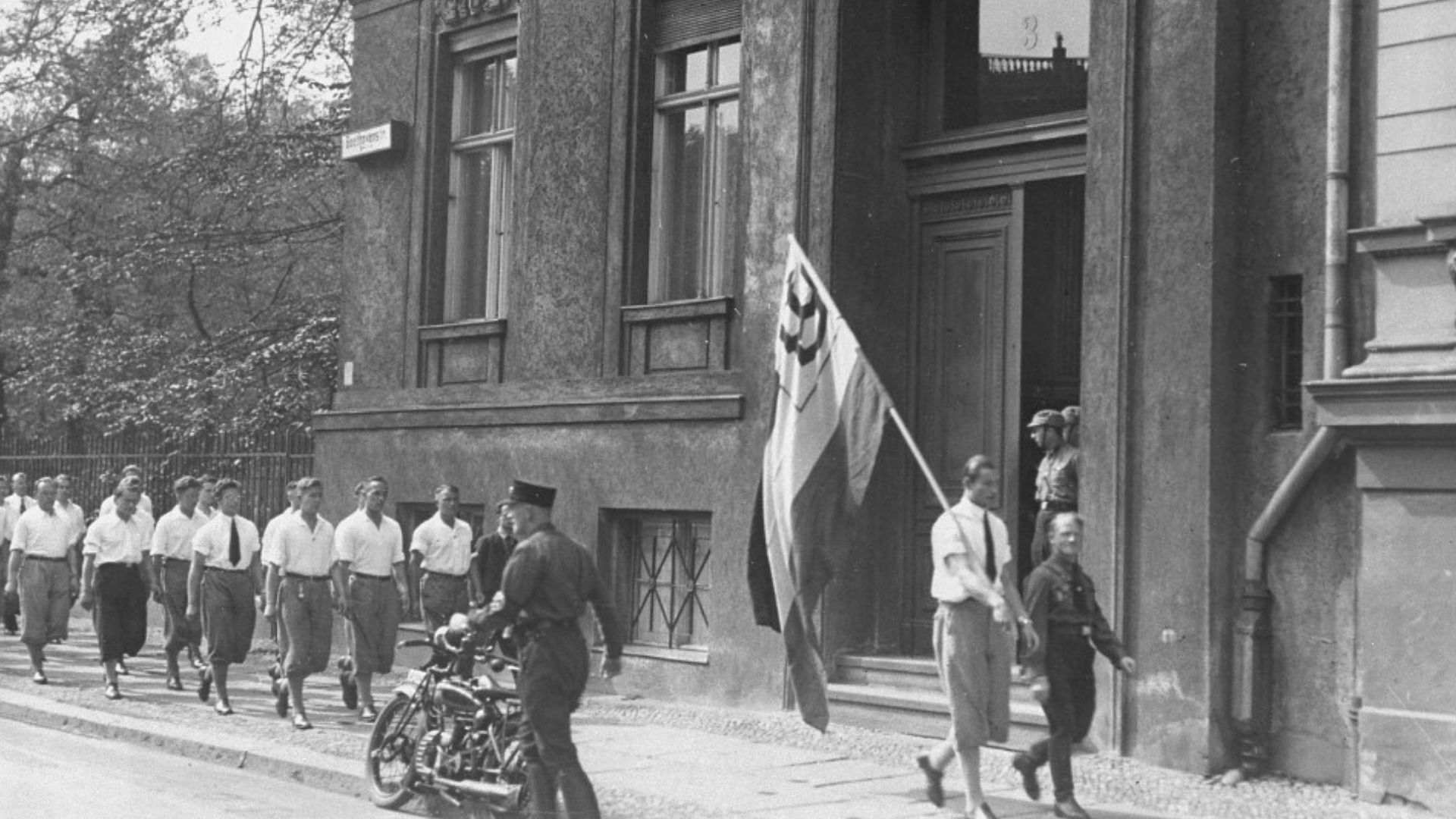Melbourne Holocaust Museum partners with the Jewish International Film Festival (JIFF) to provide audiences with meaningful connections to representations of the Holocaust in film.
This year’s program features two films exploring the experiences of Jewish partisans who fought back against the Nazis and their collaborators during the Holocaust. Below, our Head of Education Dr Simon Holloway provides more context to Four Winters and The Partisan with the Leica Camera showing in cinemas as part of the festival.
At some point during his incarceration in the Kovno Ghetto, Rabbi Ephraim Oshry was asked whether or not one is allowed to risk one’s life to join the partisans. Although he ruled that it was indeed permissible to do so, he prefaced his answer with a list of all of the risks that doing so entails.
For a start, leaving the ghetto in order to make one’s way to the forest was fraught with danger. The perimeter of the ghetto was constantly guarded, and Jews caught on the outside – especially if armed – were executed.
Secondly, there were members of the local population (in Rabbi Oshry’s case, the Lithuanians) who collaborated with the Germans, and who feigned an interest in assisting Jews escape in order to rob or abuse them before turning them over.
Thirdly, when encountering a band of partisans, one’s fortunes depended entirely on who they were. Jewish partisans, so long as you already had your own weapon, might be counted on to provide assistance, but local national groups in the woods were frequently antisemites. They fought against the German occupation, but in the process also murdered Jews.
